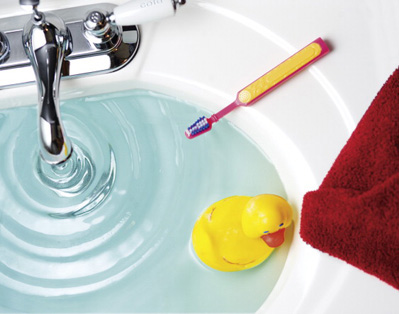Chapter 1. One Light[*]

During the Hollywood heyday of black and white movies, the stereotypical tabloid newspaper photographer was played by a man dressed in a loud sport jacket and tie wearing a fedora with his press card stuffed into the hatband. Garrulous and unctuous, he has changed only sartorially. His ubiquitous camera was always an oversized Speed Graphic 4 × 5. And perched on top was a huge outrigger flash gun with protruding magnesium flash bulbs. This technique defined lighting for several generations.
Photography is more than a medium for factual communication of ideas. It is a creative art. | ||
| --Ansel Adams | ||
One blinding light. Red Eye. ...
Get Speedlights & Speedlites now with the O’Reilly learning platform.
O’Reilly members experience books, live events, courses curated by job role, and more from O’Reilly and nearly 200 top publishers.

